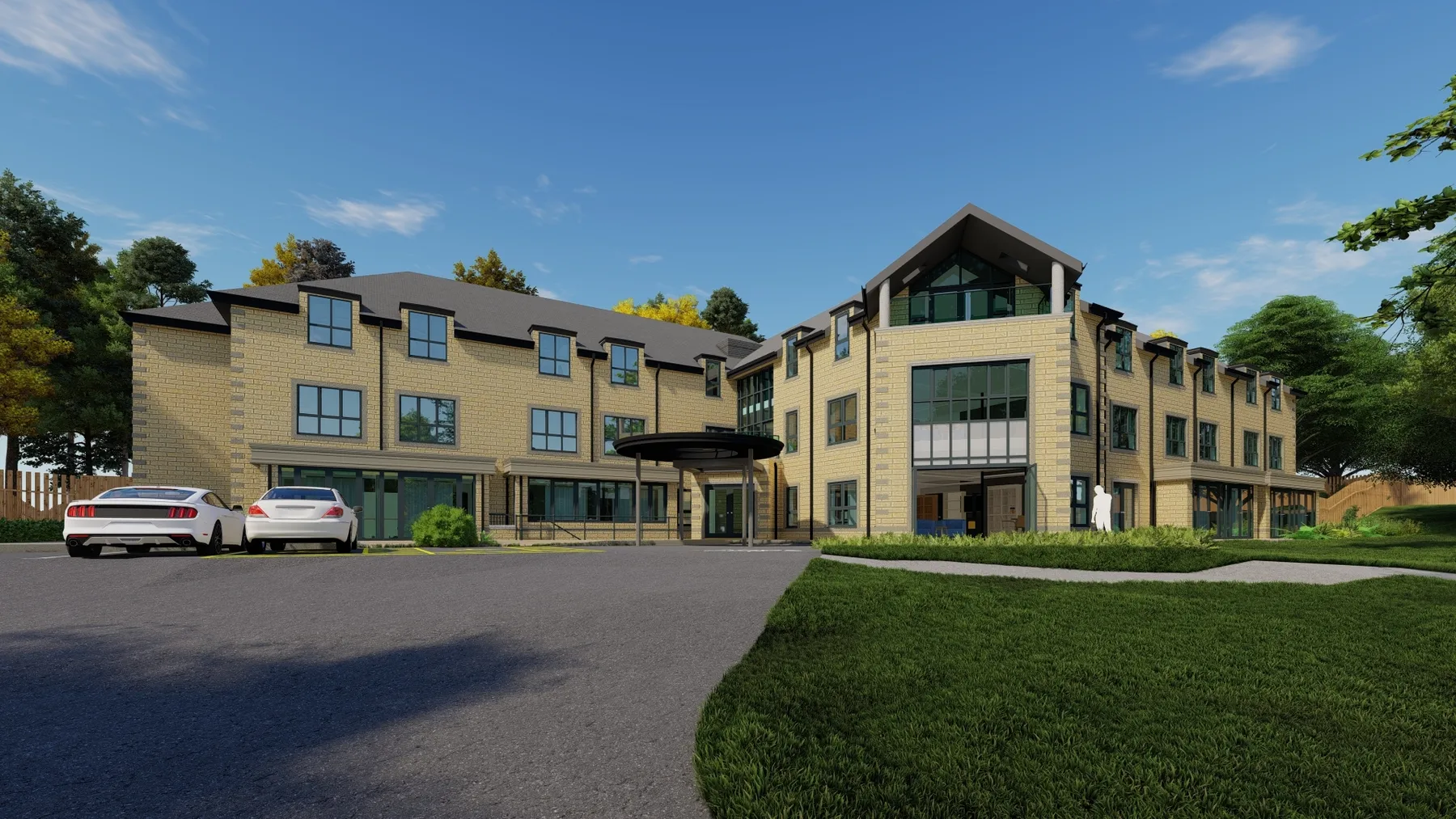
Household Model of Care
At Millennium we’re forward-thinking when it comes to care approaches.
At our new home, Langtree, we’ll adopt the Household Model of Care a method that has been hugely successful at its sister home, Worthington Lake – both part of the Standish Care Village.
The model is an approach in the care sector that aims to create a homelike and person-centred environment for residents.
The key principles involve resident autonomy, smaller-scale living, person-centred care, staff empowerment, daily routine and meaningful activities all within a homelike setting
The model isn’t introduced overnight and requires a high level of planning and staff training to implement efficiently. Older care homes must be assessed with plans made to update but Langtree is purposed built; the home will have access to natural light, large homely living cohorts and heavily incorporate the environment.
But what are the benefits? Firstly, and most importantly, it enhances the lives of residents by providing a sense of familiarity, comfort and belonging with an emphasis on choice and independence. At the same time smaller, intimate settings creates improved relationships.
The model of care recognises the role staff play, going against standard hierarchy which helps create a supportive and empowering environment that motivates and engages employees.
Resembling a home rather than an institutionalised setting ultimately has a positive impact on residents making them feel more comfortable, relaxed and at ease.
Of course, the success rate of the household model of care can vary, but research and studies have shown the model can lead to better health outcomes and reduced hospitalisations. First hand we’ve seen those improvements at Worthington Lake, something that has been noticed by our residents’ loved ones:
“On a personal note, our dad is doing much better since he arrived here, he has put on weight, his speech has improved and it is very reassuring he is in such a safe, well-cared-for and stimulating environment. It is the best decision we have made for him.”
We look forward to improving the lives of residents that move to Langtree and live in the Standish Care Village.
For more information on the Standish Care Village, please click here.







